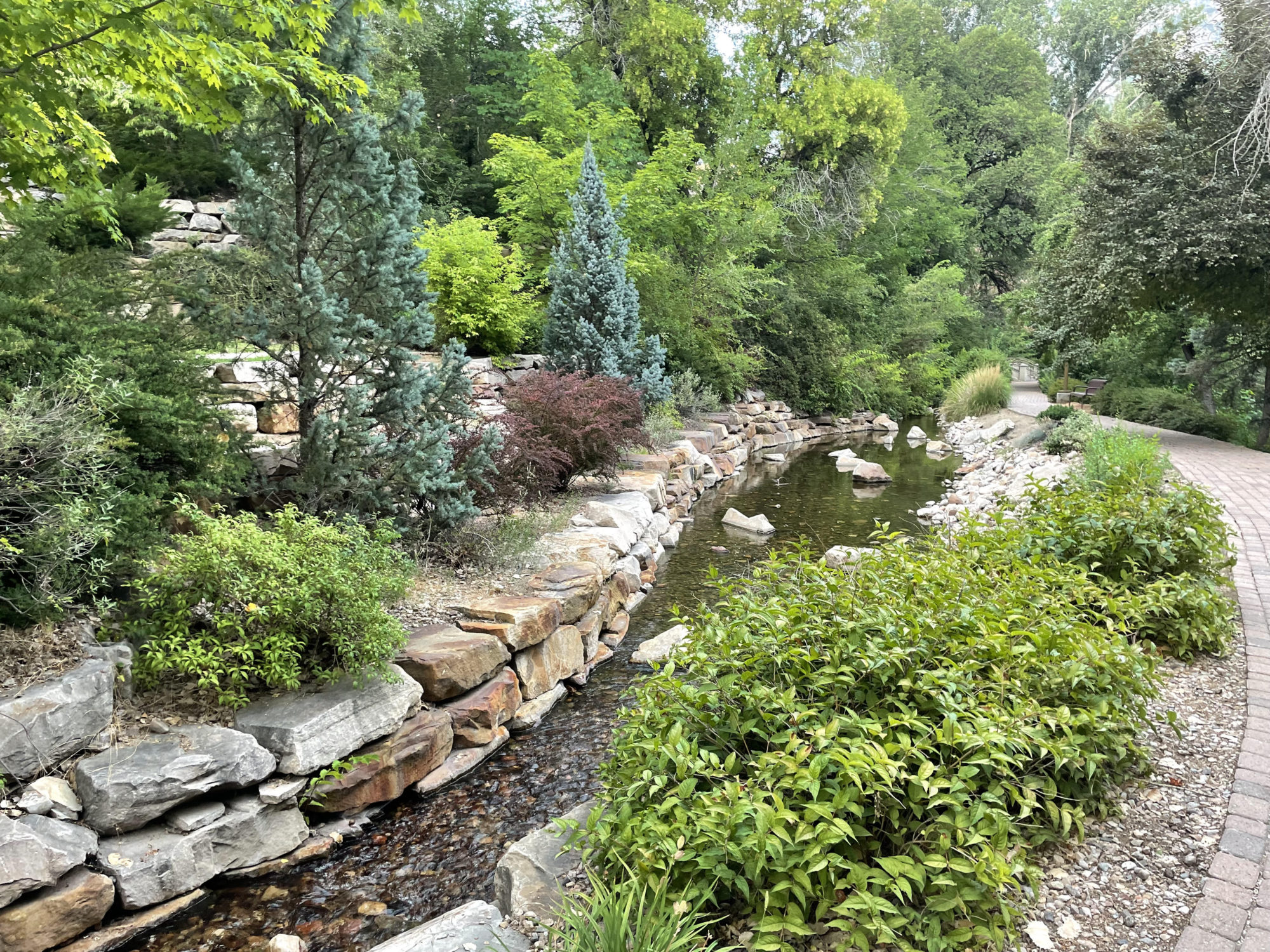Plants are an important part of your garden and landscape. Here are some tips and tricks to help you with deciding which plants to plant.
Big Picture: Keep the big picture in mind. Don’t plant shrubs willy-nilly. I often get asked, “what shrub should I plant in my front shrub bed”. Its hard to answer that without some thought. I like to consider what other colors are in your yard. What spring and fall colors do you already have? I like to start there and work from that. If someone has a yard with lots of flowers in the spring for example, I might try to find a plant that blooms in the summer. Or if someone has a lot of white blossoms I might try to suggest more red or pink.
Size: Foundation planting, border planting, small hedge along the path (can’t be taller than 2 ft). Or small shrubs in front of a decorative wall. Shrubs can be pruned and sometimes you have to concede a little to get a plant with the colors you want.
Shape: shrubs come in a variety of shapes, dense or flowing etc. The shape of your plants can effect the overall feel of your yard. If you want a wild flower look you might go with more flowing plants, whereas if you want a more formal yard you might want to go with a more plants with more dense symmetrical shapes.
Flowers and Flower Color: I love gardens with every color and lots of color! But some people may prefer cool colors or hot colors or contrasting colors.
Culture: Consider the plant culture. What are the sun requirements? Is the location full sun, part sun, part shade? What about the soil is it clay or sandy? For additional information regarding the cultural needs of your plants.
Location: Is your shrub bed next to a west-facing brick wall, or white fence, or is there a wind channel from canyon, what type of mulch is in your flower bed etc. Consider micro climates.
Stack for depth: In other words put a taller shrub behind a smaller shrub. A step-down look, will help make a yard look and feel bigger.
Leave color: some shrubs have red, yellow, blue leaves. Then some shrubs bloom with another color in spring summer or fall. Capitalize on this! Choose shrubs that will change color and give a new look throughout the season. Don’t forget winter color for your garden and landscape
Consider maintenance: Some plants are just more maintenance than others. Spirea needs pruning to rejuvenate every year, spirea would also make a poor hedge because of its feathery look and texture. But Spirea is very tolerant of being neglected, although it benefits from proper pruning it will grow just fine without it. Boxwood makes an excellent hedge and is another easy shrub to maintain.
Consider pest and deer problems: If the yard or neighborhood has deer make sure you find deer resistant plants (and lets be honest even deer have been known to eat deer resistant plants if their hungry enough). But if there are deer in the area make sure to look for plants that are deer resistant.
Repeat when Possible: I like to choose one plant and reuse that plant at least three times (show on plan) this will make your yard flow together. It will bring unity to your garden.
Grouping in Odd Numbers: Plant in groups of odd numbers 3,5,7 etc. Avoid using groups of even numbers. But plan to repeat at least one plant three times in your garden and landscape.


